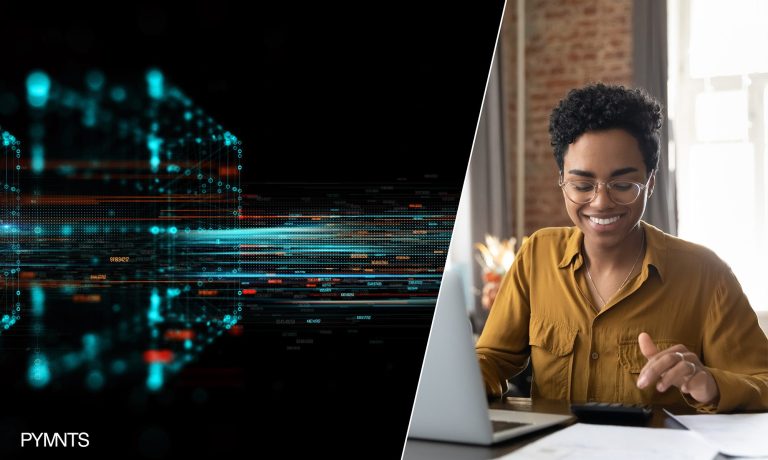61% of Millennials Want Real-Time Payments — the Challenge Is Acceptance

Making digital payments has become an everyday process for millions of consumers worldwide, representing a giant leap in convenience, security and accessibility over traditional methods such as cash or payment cards. Simply having digital payments is not enough, however. More than ever before, speed differentiates a good payment experience from a bad one in the eyes of consumers.![]()
Four in five Americans are interested in faster payment options when paying businesses for goods and services, and 61% of millennials and 59% of bridge millennials say they are highly interested in real-time payments. Reasons for this interest vary: 23% of consumers interested in using real-time payments find them convenient and easy to use, and 22% appreciate the instant availability of funds. Another 14% believe real-time payments could help them better track their financial situations.
The “Real-Time Payments Tracker®” examines how organizations can deliver speedier payments in consumer-to-business (C2B) and business-to-business (B2B) transactions.
Around the Real-Time Payments Space
![]() Real-time payments are quickly growing popular for insurance disbursements, with a recent PYMNTS study finding that insurance providers sent 20% of all payouts via instant payment systems in 2022. The total value of these payouts was approximately $277 billion, distributed among 12 million individuals across the country.
Real-time payments are quickly growing popular for insurance disbursements, with a recent PYMNTS study finding that insurance providers sent 20% of all payouts via instant payment systems in 2022. The total value of these payouts was approximately $277 billion, distributed among 12 million individuals across the country.
Digital wallets are set for a meteoric rise this decade. While 40% of the world population used a digital wallet as of 2022, experts predict that nearly two-thirds — 65% — of global consumers will leverage them by 2030 for an annual growth rate of 8%. The United States is not far behind in growth at 7%, with digital wallet users expected to increase from 160 million to 260 million during that time.
For more on these and other stories, visit the Tracker’s News and Trends section.
An Insider on Why Instant Checkout Is a Deal-Maker for Consumers
Consumers are flooded with in-store and online shopping options and have become more discriminating about their retail experiences. Retailers, in turn, are offering a range of checkout options to accelerate their payments.
To get the Insider POV, PYMNTS spoke with Peter Davey, senior vice president and head of the Innovation Lab at The Clearing House, to learn the pros and cons of various faster payment systems.![]()
How Organizations Deliver on Faster Payments
Real-time payments have reached unprecedented levels of demand in the past five years, yet they are still available to just a small number of businesses and consumers. Studies have found that instant payments make up 2% of corporate disbursements sent and just 1.3% of payments received. This is changing fast, however, as merchants and customers alike react to the growing demand for real-time payments.
This month, PYMNTS explores how organizations can deliver real-time payments for C2B and B2B transactions and the benefits of deploying this payment option.
About the Tracker
The “Real-Time Payments Tracker®,” a collaboration with The Clearing House, examines how organizations can deliver speedier payments in C2B and B2B transactions.